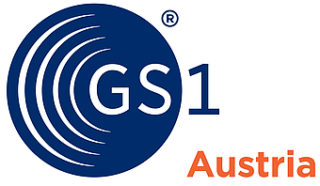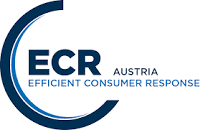EDI translates into added value for the health care industry
Sending goods or services from point A to point B usually involves a lot of tedious paperwork. The higher the degree of automation and standardization of processes along the value chain, the faster companies will be able to switch to paperless information exchange. This will mean that transactions will be swifter and significantly less error-prone. An important prerequisite for data exchange is a so-called “common language,” which easily eliminates transmission barriers.
This is where EDI (Electronic Data Interchange) comes in, which ensures that trading partners can exchange business documents in an automated electronic process. Whether it’s orders, despatch advices or invoices: they are all based on an international unique identification and coding system by GS1 and can be used for articles, shipping units, services or subsidiaries.




